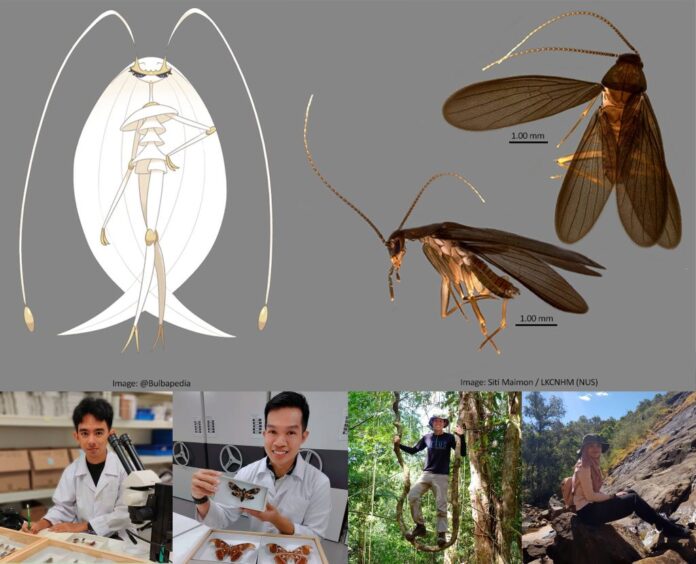A new cockroach species has been discovered in the Bukit Timah nature reserve in Singapore, and it has been named Nocticola pheromosa, after a popular Pokémon character.
The species, Nocticola pheromosa, was discovered by a team led by entomologists Cristian C. Lucañas and Foo Maosheng, who both happen to be fans of the Pokémon franchise. The researchers found similarities between the new species and the Pokémon character Pheromosa, which has long antennae, wings that mimic a hood, and long, slender legs.
Nocticola pheromosa is the first known species of the Nocticola genus to be discovered in Singapore, and it is the ninth fully-winged species of the genus. The first known Nocticola species was discovered in the Philippines, with other species found in tropical Africa, India, Mainland and Southeast Asia, and Australia.
The discovery of this new species marks a significant milestone for entomology and biodiversity research in Singapore. The specimens were collected in 2016 and 2017 and were studied by Lucañas and Foo, who dissected and studied the specimens. The team found that the species was unique and had not been previously described.
Naming the species after a Pokémon character was a fun way for the researchers to acknowledge their shared interest in the franchise. The Pokémon character Pheromosa is a bug and fighting type that was introduced in 2017’s Pokémon Ultra Sun and Ultra Moon. Its Pokédex entry describes it as “a life-form that lives in another world. Its body is thin and supple, but it also possesses great power.”
Lucañas hopes that this discovery will help people see cockroaches in a new light. He has been working with cockroaches since 2015 and finds the discovery of new species fulfilling. Naming this new species after a popular Pokémon character adds a fun twist to the world of entomology and highlights the importance of biodiversity research.




















